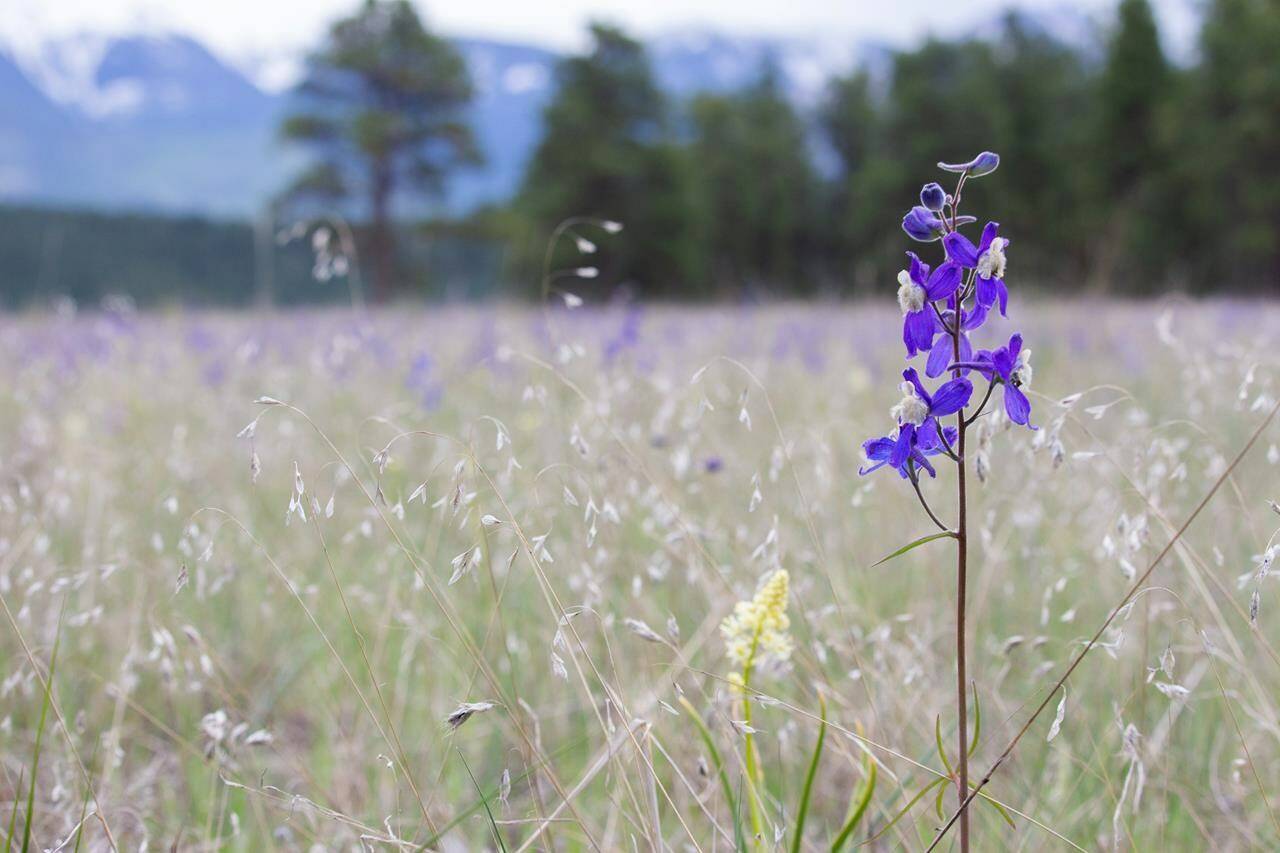The Nature Conservancy of Canada says a new conservation area north of Cranbrook, B.C., will protect important bird habitat and preserve grasslands in the province’s southeast.
The conservancy says money from the federal government and private donors went to buying up 271 hectares of land in the Skookumchuk Prairie in the province’s southeast corner.
Richard Klafki, a B.C. program director with the Nature Conservancy, says the land which also includes wetlands and forests is a “key biodiversity area,” and came up for sale when the former owner, a local rancher, decided to downsize.
Klafki says the former owner offered up the lands knowing their “unique ecological characteristics,” and sites like it are becoming rarer in the valleys of the Rocky Mountain Trench.
He says the grasslands include nesting grounds of the Long-billed Curlew, and are also relied upon by elk and deer in the winter.
Minister of Environment and Climate Change Steven Guilbeault says protecting areas such as the Skookumchuk Prairie helps reverse the loss of biodiversity and helps recovery of at-risk species such as the American badger.
Klafki says the Long-billed Curlew resembles “a large sandpiper on steroids,” with a long, curved beak that can be seen probing for insects and grubs among the grass.
“They’re a really interesting bird to see out there,” he said.
Klafki said about two-thirds of the $3.4 million in funding for the project came from private donations, along with a $1.3-million contribution from the federal government through its Natural Heritage Conservation Fund.
He said the sale closed in March, and the area is now protected from potential development.
“This, being private land, could have been subject to something like that in the future,” he said. “It was pretty crucial for the opportunity for us to conserve it.”
READ ALSO: 87 hectares of old growth forests, wetlands in Pemberton now under conservancy protection
READ ALSO: B.C. wetlands grow with land purchase by conservation groups

